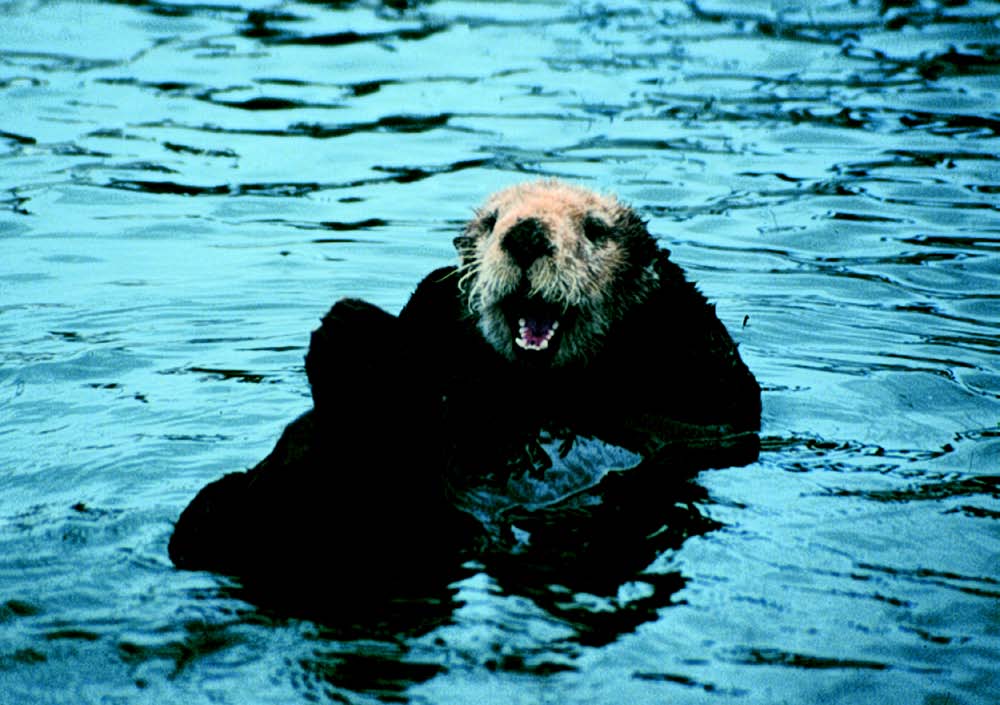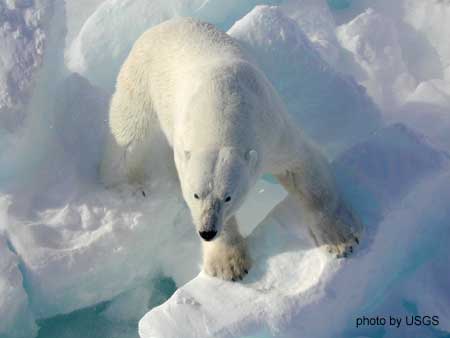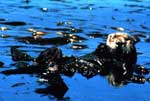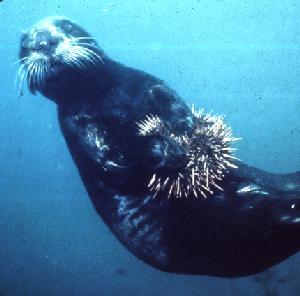- Home
- About S&T
- Taxa/Organisms
- Ecosystems
- Issues
- Methods & Tools
- Reports & Publications
- Location
- Search
September 2005 | Publisher: USGS (Soundwaves) | Science Center: USGS Other | Format: URL
soundwaves.usgs.gov — Biologists in the Sirenia Project at the U.S. Geological Survey (USGS) Florida Integrated Science Center (FISC) in Gainesville, FL, are currently identifying and mapping the genetic material of manatees. Their goal is to better understand and predict the manatee's ability to react to environmental stimuli, such as prolonged periods of cold More...

May 2005 | Publisher: USGS | Science Center: National Wildlife Health Center (NWHC, Madison) | Format: .PDF
www.nwhc.usgs.gov — Recent increases in the frequency and variety of infectious diseases in the southern sea otter may jeopardize the population recovery of this threatened species. This information sheet includes a list of selected publications.

Publisher: USGS | Science Center: Alaska Science Center (ASC, Anchorage) | Format: URL
alaska.usgs.gov — This study is a new analytical procedure that quantifies the degree of overlap between adjacent populations of polar bears, and provides science for better management of the harvest of polar bears in the Beaufort and Chukchi Seas. This new analytical approach allows previously accepted population management units to be subdivided in ways that will More...

Publisher: USGS | Science Center: Alaska Science Center (ASC, Anchorage) | Format: URL
alaska.usgs.gov — This web page links to resources related to the abundance and vital rates of polar bears. It includes Polar bear population status in the southern Beaufort Sea, and Survival and population size of polar bears in relation to earlier sea ice breakup. The site also links to resources that deal with tracking polar bears via satellite, polar bear-sea More...

Publisher: USGS | Science Center: Alaska Science Center (ASC, Anchorage) | Format: .PDF
www.absc.usgs.gov — An extensive and diverse array of studies were implemented concurrent with and for several years following the Exxon Valdez oil spill to determine the acute and chronic effects to sea otters. In part, this paper describes what activities relative to sea otters should take place prior to, during, and following another spill similar to the Exxon More...

Publisher: USGS | Science Center: Western Ecological Research Center (WERC, Sacramento) | Format: URL
www.werc.usgs.gov — Management agencies are interested in the development of a realistic predictive model of the southern sea otter population recovery and range expansion into southern California, as this would facilitate the informed assessment of potential impacts of sea otters on important industries (e.g., fisheries, eco-tourism), potential negative effects of More...

Publisher: USGS | Science Center: Alaska Science Center (ASC, Anchorage) | Format: URL
www.absc.usgs.gov — A web page to introduce research by the USGS Alaska Science Center on sea otter population status and changes in Alaska. Provides some background on why the research is needed, research objectives, and a listing of publications by project staff.
